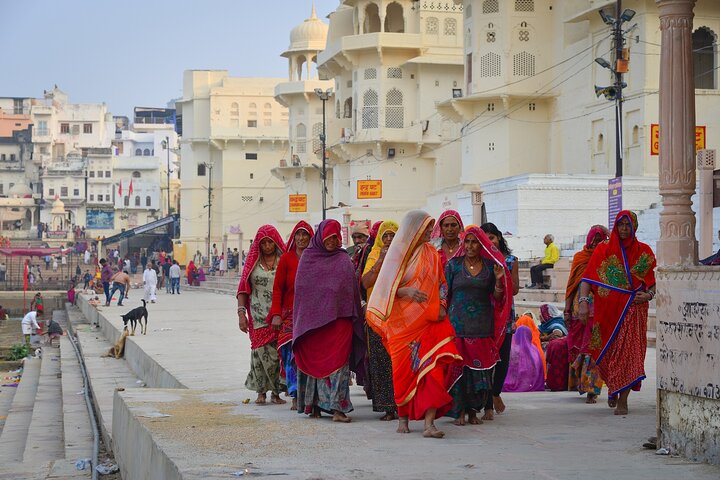Exploring Bikaner’s Camel Breeding Farm: A Cultural and Natural Odyssey
Embark on a journey to Bikaner, where the unique Camel Breeding Farm offers a glimpse into the world of these majestic creatures. Discover the cultural and natural wonders of this vibrant city.
A Journey into the Heart of Bikaner
As I stepped out of my hotel in Bikaner, the air was filled with a sense of anticipation. The city, known for its rich history and vibrant culture, was about to reveal one of its most unique treasures to me: the Camel Breeding Farm. This National Research Center for Camels is the only one of its kind in Asia, and I was eager to explore the world of these magnificent creatures, often referred to as the ships of the desert.
The drive to the farm was a journey through the heart of Bikaner, a city that seamlessly blends the old with the new. As we approached the farm, the landscape opened up to vast stretches of desert, dotted with the silhouettes of camels. The sight was both humbling and awe-inspiring, a reminder of the deep connection between the people of this region and their environment.
Upon arrival, I was greeted by the sight of camels of various breeds, each with its own distinct personality and charm. The farm is not just a breeding center but a hub of research and development, dedicated to understanding and preserving these incredible animals. As I wandered through the farm, I was struck by the dedication of the researchers and caretakers, whose passion for their work was evident in every aspect of the facility.
The Camel Museum: A Window into the Desert Ecosystem
One of the highlights of my visit was the Camel Museum, a fascinating space that offers insights into the role of camels in the desert ecosystem. The museum is a treasure trove of information, showcasing the history, biology, and cultural significance of camels in this region.
As I explored the exhibits, I was reminded of the importance of preserving traditional knowledge and practices. The museum not only highlights the scientific aspects of camel research but also celebrates the cultural heritage of the communities that have relied on these animals for centuries. It was a poignant reminder of the interconnectedness of nature and culture, a theme that resonates deeply with my own experiences growing up in a multicultural household.
The museum also features a camel milk parlour, where visitors can sample unique camel milk products. From ice cream to hot and cold beverages, the offerings were a delightful surprise, showcasing the versatility and nutritional benefits of camel milk. It was a culinary adventure that added a delicious twist to my visit.
Exploring Bikaner’s Rich Heritage
After my time at the Camel Breeding Farm, I continued my exploration of Bikaner with a visit to the Junagarh Fort. This 16th-century marvel is a testament to the architectural brilliance of the region, with its imposing bastions, intricately carved stone facades, and richly decorated interiors.
Walking through the fort’s courtyards and pavilions, I was transported back in time, imagining the lives of the royals who once inhabited these grand spaces. The fort’s interiors are adorned with exquisite mirror work, enamel work, and gold embellishments, each room telling a story of its own.
The visit to Junagarh Fort was a fitting conclusion to my day in Bikaner, a city that offers a perfect blend of history, culture, and natural beauty. As I made my way back to the hotel, I reflected on the day’s experiences, grateful for the opportunity to immerse myself in the rich tapestry of Bikaner’s heritage.
For those seeking a deeper understanding of the cultural and natural wonders of Asia, a visit to Bikaner and its Camel Breeding Farm is an experience not to be missed. It is a journey that offers a unique perspective on the symbiotic relationship between humans and nature, a theme that continues to inspire my travels across this diverse continent.












































